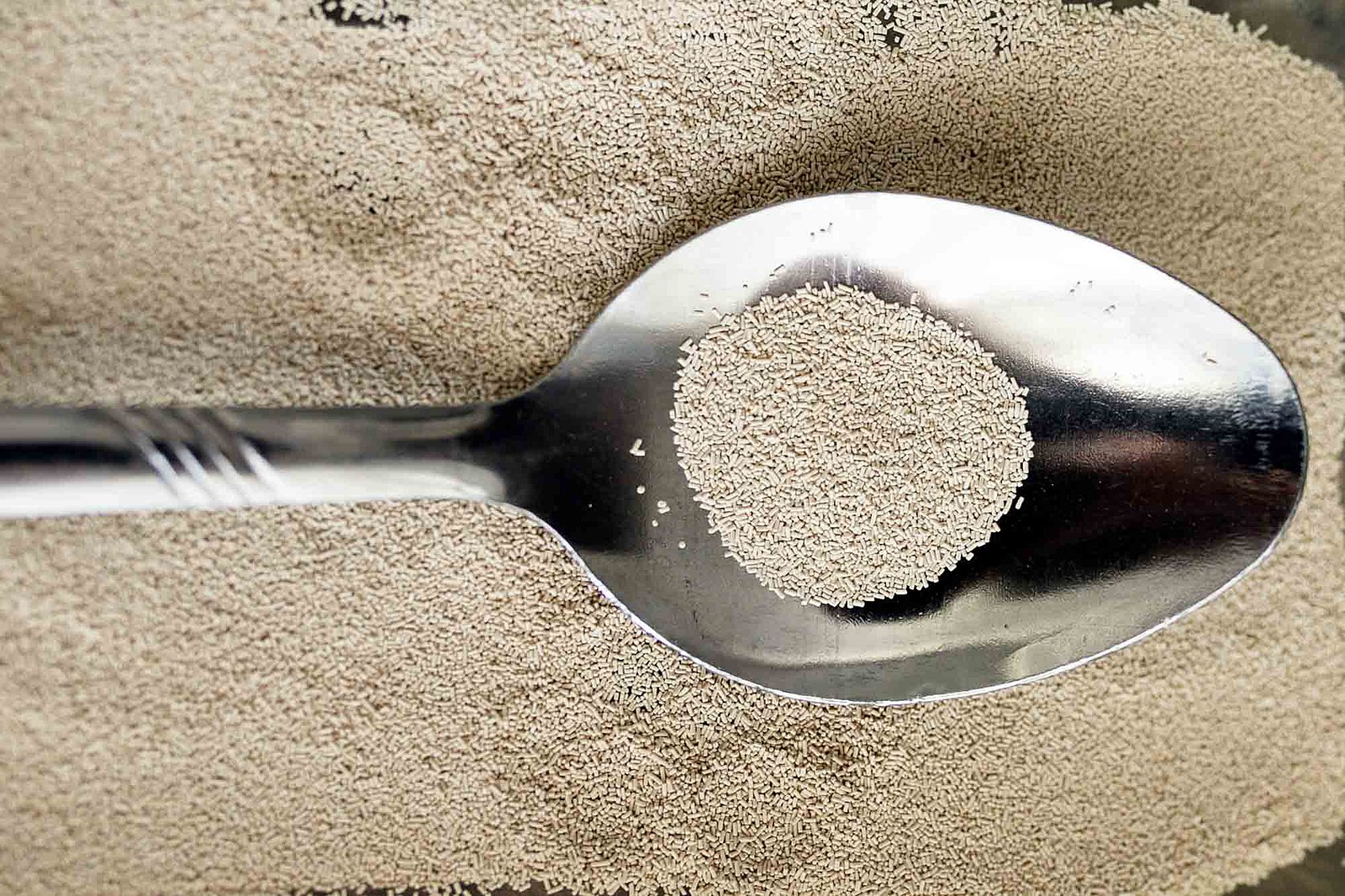Are Active Dry Yeast and Instant Yeast Interchangeable?

In the past couple weeks I’m sure we’ve all been to the store and experienced having at least one thing on our list out of stock! One of the unexpected shortages through these weeks has been yeast! Luckily I bought a big thing of yeast from Costco just a month or two before this whole quarantine thing, but I know many people have been searching high and low for this basic baking ingredient!
While there’s a few varieties out there, definitely the 2 most common yeasts you’ll find are active dry yeast, and instant yeast. The major difference between these two is that instant yeast (also called “bread machine yeast”) is ground into much smaller granules, making it easier to dissolve in dough. Generally, since active dry yeast has larger granules, you’ll see recipes telling you to “proof” the yeast in sugar and water before adding it to your dry ingredients. This is definitely a good way to make sure your yeast is still alive- because you get to see everything foam and bubble up, “waking up” the living organism.
So the million dollar question- are these two yeasts interchangeable? If you’re lucky enough to find one variety in the store, can it serve all your yeast needs?
Most sources say that you really can use these yeasts interchangeably! However, it’s best to add 25% more active dry yeast if you’re using that in place of instant, and 25% less yeast if you’re substituting instant for active dry yeast. If you do decide to keep the full amount of yeast when using instant yeast as a substitute, you may want to add a little more salt to help with flavor. While there’s not necessarily a HUGE difference in flavor, those with stronger palates tend to notice a stronger flavor in rapid rise yeast, and so salt can help mask this stronger flavor.
The other thing to keep in mind if trying to substitute one yeast for the other, is that instant yeast is really meant for only one good rise. If you have a recipe that requires you to let the dough rise, knead, and then rise again, your bread may not rise as well the second time around. In this case it’s definitely better to stick with your active dry yeast.
The long and short of it- active dry and instant yeast definitely have their differences, but in an emergency, or if you’re really in a pinch, you can definitely try substituting one for the other. Just keep in mind the difference in ratio you might want to use, as well as the lack of a second rise that comes with using instant yeast.
Source:
- https://www.myrecipes.com/how-to/cooking-questions/active-dry-vs-instant-yeast
- https://cooking.stackexchange.com/questions/9355/how-to-convert-a-recipe-calling-for-active-dry-yeast-into-rapid-rise-yeast
- https://commons.wikimedia.org/wiki/File:Spoon_with_active_dry_yeast_for_baking_bread.jpg
- https://www.epicurious.com/ingredients/how-to-pick-the-right-yeast-for-the-job-article
- https://www.thekitchn.com/whats-the-difference-between-active-dry-yeast-and-instant-yeast-54252
 Camille Hoffmann
Camille Hoffmann
Weekly Newsletter Contributor since 2014
Email the author! camille@dvo.com
